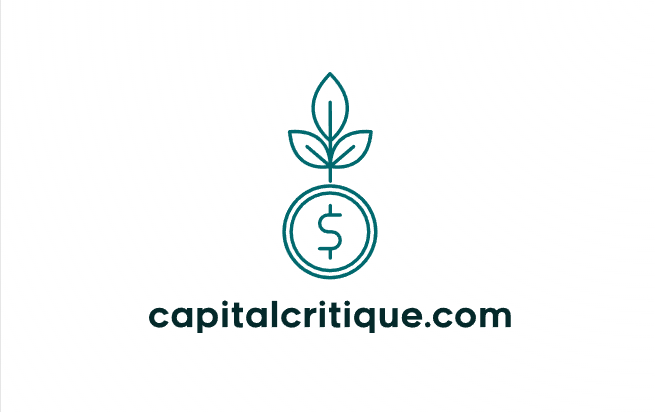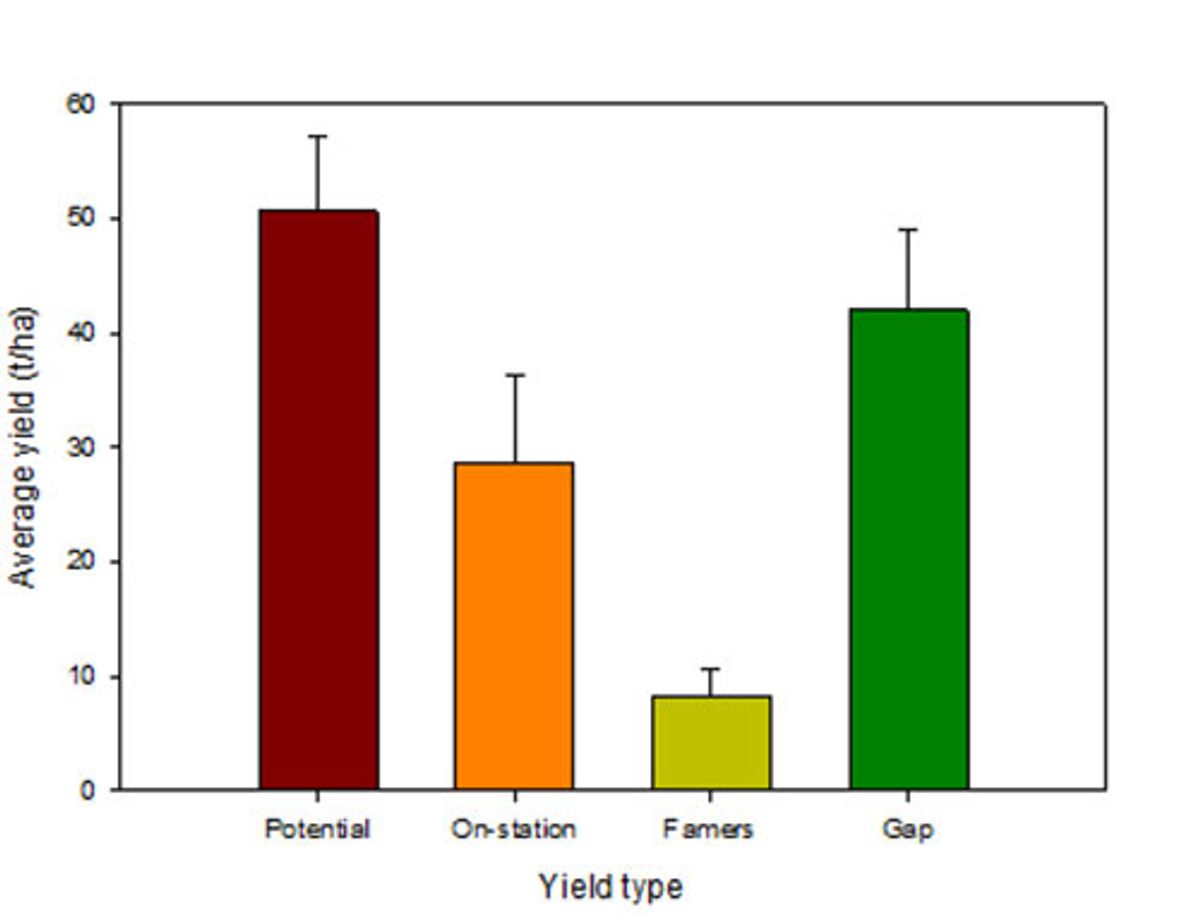In the ever-evolving landscape of investing, securing a reliable yield above 5% is a target many investors aim for. With the current financial climate indicating that high yields may be fleeting, it’s crucial to explore various investment vehicles that offer the potential for such returns. This article delves into ten different ways investors can lock in yields above 5%, from the stability of Treasury Bonds to the more dynamic realm of Peer-to-Peer Lending. Each option comes with its own set of risks and benefits, which we will uncover, to help you make informed decisions in your pursuit of higher yields.
Key Takeaways
- Treasury Bonds offer a relatively safe investment with the potential to lock in yields above 4%, serving as a benchmark for nearly ‘risk-free’ investments.
- Money Market Funds provide liquidity and short-term yield opportunities, but investors should be aware of potential rate decreases.
- Corporate Bonds can offer higher yields than government securities, but with increased risk depending on the company’s creditworthiness.
- Dividend Stocks are a way to potentially achieve high yields through stock ownership, though they come with market risk.
- Real Estate Investment Trusts (REITs), High-Yield Savings Accounts, Preferred Stocks, Peer-to-Peer Lending, and Fixed Annuities offer a mix of risk and reward for investors seeking yields above 5%.
1. Treasury Bonds

Treasury bonds are long-term U.S. debt securities with maturities of 20 or 30 years, offering a fixed interest rate to investors. They are considered one of the safest investments, as they are backed by the full faith and credit of the U.S. government. With the current economic landscape, investors may find Treasury bonds an attractive option due to their stability and predictable returns.
When purchasing Treasury bonds, investors can buy them in increments of $100 either directly from the U.S. government via TreasuryDirect or through a bank or broker. The bonds are sold at auction, where the price can fluctuate based on demand. High demand can lead to bonds selling for more than their face value, while low demand can result in a price less than face value.
While no investment is completely risk-free, Treasury bonds come close if held to maturity, making them a cornerstone for conservative portfolios seeking reliable yields.
It’s important to consider the opportunity cost of investing in Treasury bonds, as they may offer lower returns compared to other securities with higher risk. However, in times of economic uncertainty or when the Federal Reserve is expected to cut interest rates, longer-term bonds can become particularly appealing.
2. Money Market Funds

Money Market Funds offer a combination of safety, liquidity, and a higher yield compared to traditional savings accounts. Investors looking for a stable option with quick access to their funds should consider Money Market Funds. These funds invest in short-term, high-quality debt securities and can provide yields above 5%, especially in a rising interest rate environment.
As interest rates fluctuate, the yields on Money Market Funds can also change. For instance, if your money market fund starts to move down, you’re investing at lower and lower yields. It’s wise to compare the current yields with other fixed-income options. For example, a recent Forbes article highlighted the ‘10 Best Money Market Mutual Funds Of March 2024‘, which included top performers like the Fidelity Money Market Fund (SPRXX) and the Schwab Value Advantage Money Fund Investor (SWVXX).
While cash may have been a safe haven during market tumult, the current high yields and potential shifts in Federal Reserve policy could make locking in higher yields with Money Market Funds a prudent move.
Remember, while Money Market Funds are generally safe, they are not insured by the FDIC, and there is a possibility of losing money. Always consider your risk tolerance and investment goals before making any financial decisions.
3. Corporate Bonds

Corporate bonds offer a way to secure yields that can exceed 5%, making them an attractive option for income-focused investors. Investment-grade corporate bonds typically provide higher yields than government securities like treasuries, with the added benefit of relatively low risk compared to high-yield or junk bonds. The yield difference, or spread, between corporate bonds and treasuries is a key factor to consider when evaluating potential returns.
When investing in corporate bonds, diversification is crucial to mitigate concentration risk. Opting for an Exchange-Traded Fund (ETF) or bond fund can provide broad exposure to a variety of issuers, ensuring that your investment is not overly reliant on the performance of a single entity.
Corporate bonds can be a cornerstone in a diversified portfolio, offering a balance between yield and security. While the spreads are currently low by historical standards, the absolute yields are compelling for those seeking steady income.
Here’s a quick comparison of yields:
| Security Type | Yield |
|---|---|
| Treasuries | < 5% |
| Corporate Bonds | > 5% |
| High-Yield Bonds | Varies |
Remember, the goal is to lock in yields while maintaining an acceptable level of risk. Corporate bonds strike a balance that many investors find suitable for their fixed-income allocation.
4. Municipal Bonds

Municipal bonds, often referred to as ‘munis’, are issued by state and local governments to finance public projects. Investing in municipal bonds can offer tax advantages, especially for investors in higher tax brackets. The interest earned on most municipal bonds is exempt from federal income taxes, and sometimes from state and local taxes if you live in the state where the bond is issued.
Municipal bonds come in two varieties: general obligation bonds, which are backed by the full faith and credit of the issuing municipality, and revenue bonds, which are supported by the revenue from a specific project or source.
The municipal tax-equivalent yield is particularly attractive for investors in the higher tax brackets. Considering the tax benefits, munis can provide a way to preserve capital while generating a steady income stream.
Here’s a quick comparison of yields as of December 31, 2023:
| Bond Type | Yield (%) |
|---|---|
| Municipal Bonds | 5.0 |
| Treasury Bonds | 3.5 |
| Corporate Bonds | 4.0 |
Investors should be aware that while munis generally offer a lower risk of default compared to corporate bonds, they are not entirely risk-free. Market fluctuations and changes in the tax code can affect the value and returns of municipal bonds.
5. Dividend Stocks

Dividend stocks can be a compelling choice for investors seeking yields above 5%. These stocks pay out a portion of their earnings to shareholders in the form of dividends, which can provide a steady stream of income. Diversify investments across various sectors to manage risk and enhance potential returns.
When selecting dividend stocks, consider the company’s dividend yield, payout ratio, and history of dividend growth. A higher dividend yield may be attractive, but it’s essential to assess the sustainability of these payments. Here’s a quick look at some factors to consider:
- Dividend Yield: The annual dividend payment divided by the stock price.
- Payout Ratio: The percentage of earnings paid out as dividends.
- Dividend Growth: The company’s history of increasing its dividend payments.
Investing in dividend stocks requires careful portfolio monitoring to ensure that the income generated aligns with your financial goals. Set realistic expectations for your investments and be prepared to adjust your strategy as market conditions change.
While dividend stocks can offer attractive yields, it’s crucial to balance the pursuit of high dividends with the need for capital preservation and growth.
6. Real Estate Investment Trusts (REITs)

Real Estate Investment Trusts, or REITs, offer investors a way to participate in the real estate market without having to own physical properties. By investing in REITs, you gain exposure to a diversified portfolio of real estate assets, which can include commercial, residential, healthcare, and industrial properties.
REITs are required by law to distribute at least 90% of their taxable income to shareholders in the form of dividends, making them a potentially attractive option for income-seeking investors.
Here are some key benefits of investing in REITs:
- Steady income stream from dividends
- Diversification benefits
- Liquidity compared to direct real estate investments
- Potential for capital appreciation
However, it’s important to consider the risks associated with REIT investing, such as market volatility and interest rate sensitivity. Before making an investment decision, it’s crucial to understand the different types of REITs and their respective pros and cons.
7. High-Yield Savings Accounts

High-yield savings accounts are an attractive option for those seeking competitive interest rates with the added benefits of FDIC insurance and liquidity. These accounts typically have no minimum balance requirement and offer a secure way to grow your savings.
Benefits of high-yield savings accounts include safety due to FDIC insurance, potentially higher returns compared to traditional savings accounts, and easy access to funds. However, investors should be aware of interest rate fluctuations, inflation risk, and tax implications that can affect the real value of their savings.
High-yield savings accounts are particularly suitable for emergency funds, short-term savings goals, and individuals who are risk-averse. It’s important to compare different accounts as features can vary widely among banks.
While high-yield savings accounts provide a safe haven for your money, it’s crucial to stay informed about the current interest rates to ensure your savings are growing effectively.
8. Preferred Stocks

Preferred stocks are a unique investment option that combines features of both stocks and bonds, offering investors the potential for stable dividends and priority over common stockholders in the event of liquidation. Preferred stock dividends tend to be higher than those of common stocks, providing a steady income stream that can lock in yields above 5%.
Investors looking for exposure to preferred stocks can consider exchange-traded funds (ETFs) that specialize in this asset class. For example, the iShares Preferred and Income Securities ETF is a popular choice with a significant asset base and an attractive yield. Here’s a quick look at some of the best preferred stock ETFs:
| ETF Name | Assets Under Management | Dividend Yield | Expense Ratio |
|---|---|---|---|
| iShares Preferred and Income Securities ETF | $14.0 billion | 6.7% | 0.46% |
When selecting a preferred stock or ETF, consider factors such as the issuer’s credit quality, the dividend yield, and the expense ratio. A well-chosen preferred stock can be a reliable source of income in a diversified portfolio.
It’s important to note that while preferred stocks can offer higher yields, they also come with risks, including interest rate sensitivity and lower liquidity compared to common stocks. Investors should weigh these risks against the potential benefits before investing.
9. Peer-to-Peer Lending

Peer-to-peer (P2P) lending is a modern financial transaction where borrowers and lenders are matched directly, often through an online platform. This eliminates the need for traditional financial institutions and can potentially offer higher returns for investors willing to take on the risk associated with lending to individuals or small businesses.
P2P lending platforms typically charge fees for their services, which can include loan origination fees. It’s important for investors to understand these costs and factor them into their yield calculations.
While P2P lending can be a lucrative investment, it’s crucial to conduct thorough due diligence on potential loans. Here are some key considerations:
- Assess the creditworthiness of borrowers
- Understand the platform’s default rates
- Diversify your investments across multiple loans
Remember, while the yields can be attractive, P2P lending also carries a higher risk compared to more traditional investments.
10. Fixed Annuities

Fixed annuities are a popular choice for investors seeking stable returns. They offer a guaranteed income stream, typically over a long period, making them a solid option for retirement planning. Unlike variable annuities, the returns on fixed annuities are not tied to the performance of the market, providing a predictable yield.
When considering fixed annuities, it’s important to understand the terms and conditions, as they can vary significantly between products. Here are some key points to consider:
- The length of the accumulation and annuitization phases
- Surrender charges and periods
- Interest rate guarantees
- Options for beneficiaries
Fixed annuities can be an excellent tool for locking in yields above 5%, especially for those looking for a conservative investment as part of their retirement strategy. However, it’s crucial to carefully evaluate the contract details and ensure they align with your financial goals.
Conclusion
In the current financial landscape, locking in yields above 5% is a strategic move that investors should consider carefully. With the 10-year Treasury yield hovering above 4% and the possibility of rate cuts on the horizon, the opportunity to secure higher returns without assuming significant risk is compelling. This article has outlined 10 ways to achieve such yields, blending both low-risk options and those with potentially higher returns. Remember, the window of opportunity to capitalize on these rates may not remain open indefinitely. As we navigate through a period of fluctuating yields and inflation uncertainties, it’s crucial to act judiciously and ensure your portfolio is well-positioned to benefit from the current rate environment. Whether you’re a seasoned bond investor or exploring other asset classes, the insights provided here aim to guide you towards making informed decisions that align with your financial goals.
Frequently Asked Questions
Why should I consider locking in a 10-year Treasury bond yield now?
Locking in a 10-year Treasury bond yield now can offer better value as it provides a nearly ‘risk-free’ investment benchmark and acts as a ballast against equity downturns in your portfolio. With the current yield above 4%, it’s an opportunity to secure higher-than-average returns before potential rate cuts in the future.
Are high yields from Treasury bonds expected to last?
While current Treasury yields are appealing, market expectations of rate cuts suggest that high yields may not be here for long. It’s considered a ‘window of opportunity’ to lock in higher yields now as they may decrease in the future.
How do Treasury yields compare to money market funds?
Treasury yields offer a longer-term, stable investment compared to money market funds. While money market funds may offer similar or slightly higher yields in the short term, Treasury bonds provide a fixed yield for a longer duration, which can be advantageous if yields on short-term investments decrease.
What is the significance of the 10-year Treasury yield?
The 10-year Treasury yield is significant as it serves as a benchmark for low-risk investments and influences the pricing of other investments in the economy. It’s also seen as an indicator of investor confidence and economic health.
Should I invest in bonds or other asset classes for a 5% yield?
Choosing between bonds and other asset classes depends on your risk tolerance and investment goals. Bonds offer a lower-risk option to secure a 5% yield, while other asset classes may offer higher returns but with increased risk. A balanced approach that blends both may be optimal.
What if I missed the chance to lock in high bond yields?
Even if you feel you’ve missed the opportunity to lock in high bond yields, the market fluctuates, and there may still be chances to invest at favorable yields. Keeping an eye on market trends and being ready to act when yields are attractive is key.





